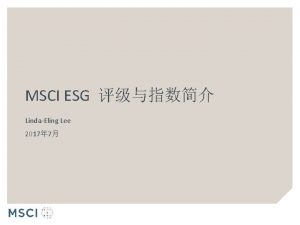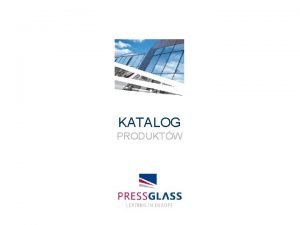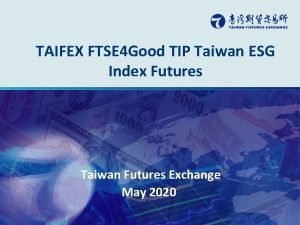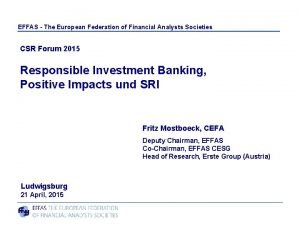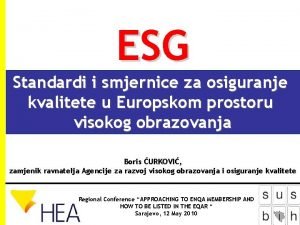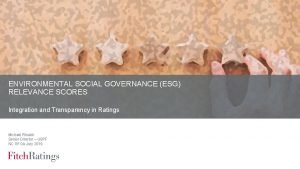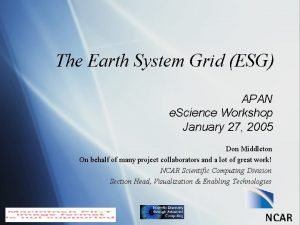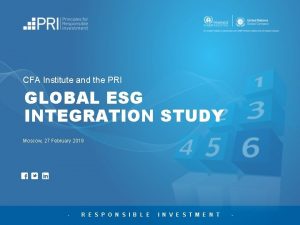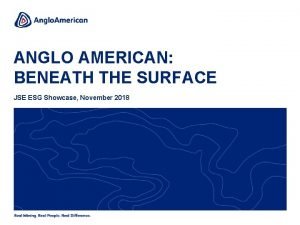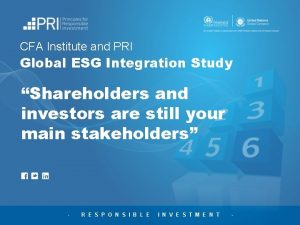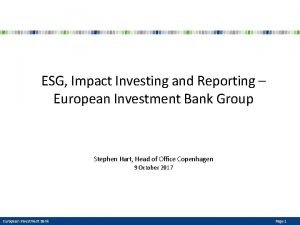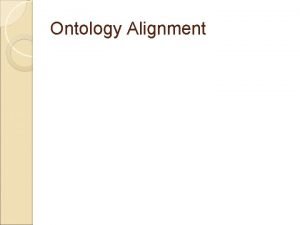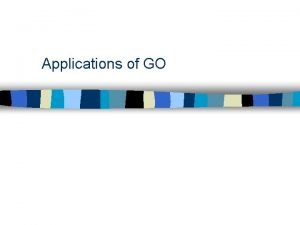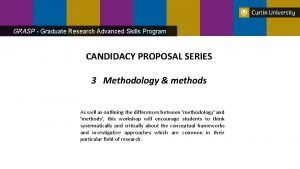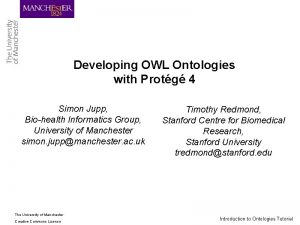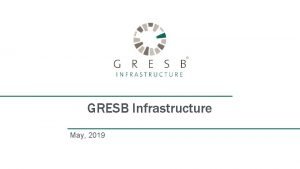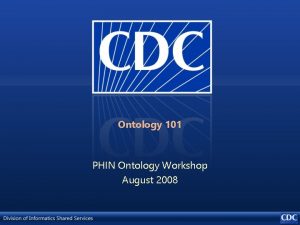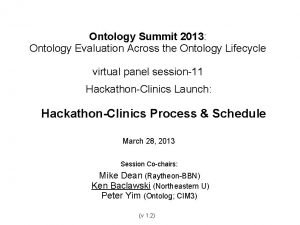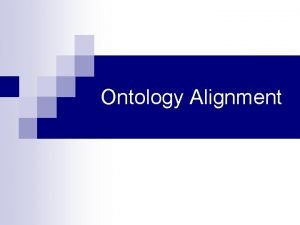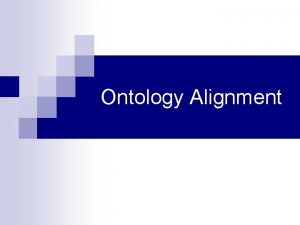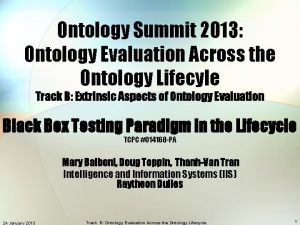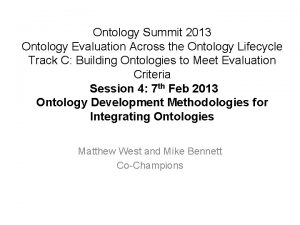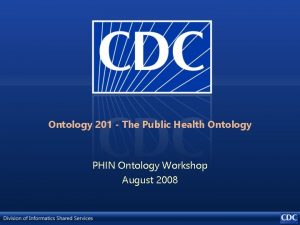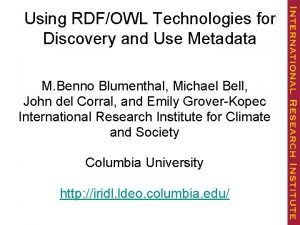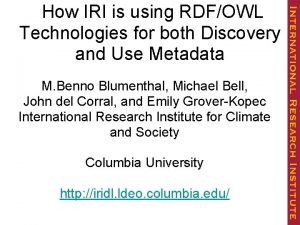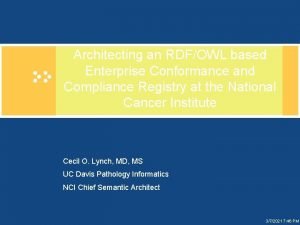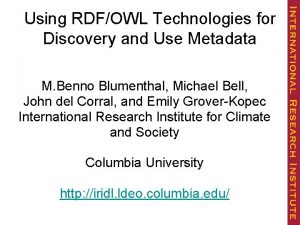Application of RDFOWL in the ESG Ontology Sylvia















- Slides: 15

Application of RDF-OWL in the ESG Ontology Sylvia Murphy: murphys@ucar. edu Julien Chastang: chastang@ucar. edu Luca Cinquini: luca@ucar. edu Rocky Dunlap: rocky@cc. gatech. edu Ryan O’Kuinghttons: rokuingh@ucar. edu Cecelia De. Luca: cdeluca@ucar. edu

Outline • Curator and ESMF in the context of an Earth System Modeling Infrastructure • Metadata lifecycle • Use of RDF • Curator and ESG support to a NCAR summer 2008 colloquium on atmospheric dynamical cores • RDF in action (demonstration): – How to search for dynamical cores – How to look at models, simulations, and experiments – How to create a comparison table

What is Curator • The Earth System Curator project, in partnership with NCAR initiatives and the Earth System Grid (ESG), has built a prototype web portal that links model components and data together via metadata. • The portal: – enables model components, models, simulations, experiments, and data to be searched and browsed (using ESG faceted search) – provides new tools to support model and component intercomparison projects – implements dataset “trackback” - connecting datasets with detailed information about the models used to create the data • Curator partners include NCAR, Georgia Tech, GFDL, MIT, and members of the European model metadata community.

Earth System Modeling Infrastructure (ESMI) CMOR and other tools Metadata ESMF data structures and standardized interfaces XML Interoperability Database Web services Workflow Search/Browse System Configuration Compare Download Tools

Metadata Lifecycle

Metadata Lifecycle 1. 2. 3. 4. 5. ESMF component exports XML metadata The XML is validated and harvested into a Java object representation The Java objects are persisted to a relational database (RDBMS) Metadata in the RDBMS is then harvested into RDF – a Semantic Web ontology language The RDF is accessed by the ESG web portal for faceted search of the metadata

Application of RDF OWL • RDF allows for the creation of relationships between properties • Formed in triples – (Model_Component_X, has. Conservation. Type, “Total Energy”) – (Model_Component_Y, has. Contact, “Sylvia Murphy”) • System allows for multiple properties per object, which is useful in describing unconfigured model components • Specific relationships were developed collaboratively with the scientists who needed them

ASP 2008 Colloquium: Numerical Techniques for Global Atmospheric Models • • 9 atmospheric dynamical core components Running 22 test cases at up to 5 resolutions Component comparison table Automated upload of simulation data, publishing, and comparison – Current PCMDI tables are static, hard-coded, non-searchable • Data search and browse via ESG Gateway

Workshop Gateway http: //dycore. ucar. edu/

Table Comparison Interface

Table Comparison Details • • Select model components Select criteria Table generated dynamically Eventually selections can be placed in a user’s saved workspace http: //dycore. ucar. edu/query/model. Comparison. htm

Example Table Results

Search Interface

Example Trackback Page

Questions?
